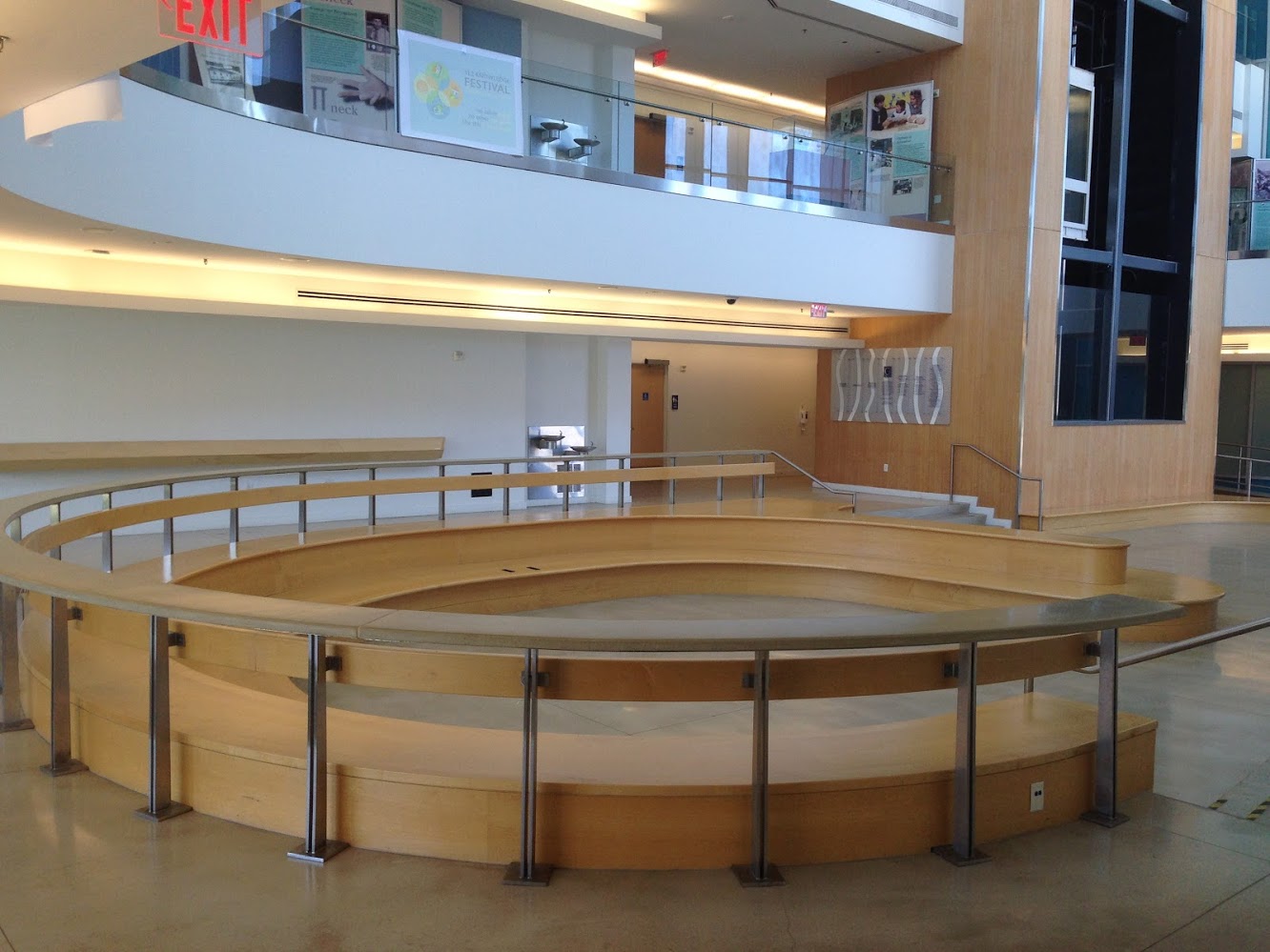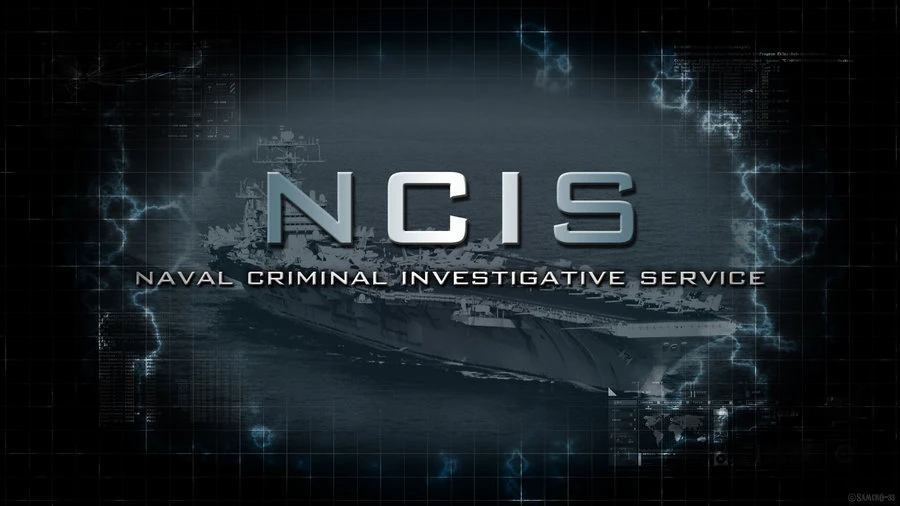All my life I have grown up in a world where digital and smart objects are incorporated into my every day life. From smart phones, smart fridges, smart cars, even a smart building security system for my apartment. The world around us is filled with all of these information-recording devices and this is getting sent and sold to companies for millions upon billions of dollars and it is not slowing down. As a kid, privacy was never was in my scope of beliefs or worry because I thought that these corporate businesses held me in their best-interest and wanted to protect me and my information.

Data encryption is a first-line of defense, but it can be decrypted and it is in our best interest to keep our information safe.
I would not say I was naïve, but definitely not the most informed person out there as I grew up and out of these ego-centric idealisms. The world is a scary place and it is filled with creatures that just want a social security number to provide their luxuries. Learning this, I did have some basic privacy systems in place to ensure I would not be hacked or stolen from. Luckily, these have not failed me.
Now, after learning about how quickly the thieves and marauders are able to code and steal information from anywhere in the world, I want to start updating my current protection system. One thing that stood out to me during the lecture was two-factor authentication. This is not “new” software but I still think that more companies should adopt this if they have not already. For example, even with social media, Instagram is using the same service Arizona State uses for their employees to log in to their account. The only downside I can see to this is having a redirect number to have the authorization code being sent to the hacker instead of the intended user.

Two factor authentication can be used in many forms from personal to professional information, and should be a standard second preventative measure. More and more businesses are creating or utilizing programs which allow their users to use this security device.
Besides two-factor authentication, I would also like to update my passwords as using the same password (or similar variations) is something which allows hackers to easily get into all of the sites they are looking for such as banking, emails, and credit card access. While looking for useful ways to better manage passwords and data privacy, I found this article from NBC News. The article also talks about two-factor authentication. However, the tips I found most useful were password managers and how those can help protect data as well as to make sure passwords use a mix of letters, numbers, and special characters.
Besides two-factor authentication, mixing passwords, and password managers, I think the world is becoming aware of the imminent danger their information is in. Additionally, I believe people are becoming more aware of how valuable information is, previously seen as unimportant, can be to trained, malicious hackers. I want to make sure my information, as well as the people I care about, do not have to take retroactive actions and instead take precautionary measures to ensure their data is held securely.









 hen I get home for the day, I typically make dinner, clean up the apartment, and do homework or I try to do something creative such as baking. For some of my baking recipes, I use Pinterest. Pinterest does have advertisements but nothing that is even close to a 2 o’clock news story.
hen I get home for the day, I typically make dinner, clean up the apartment, and do homework or I try to do something creative such as baking. For some of my baking recipes, I use Pinterest. Pinterest does have advertisements but nothing that is even close to a 2 o’clock news story.